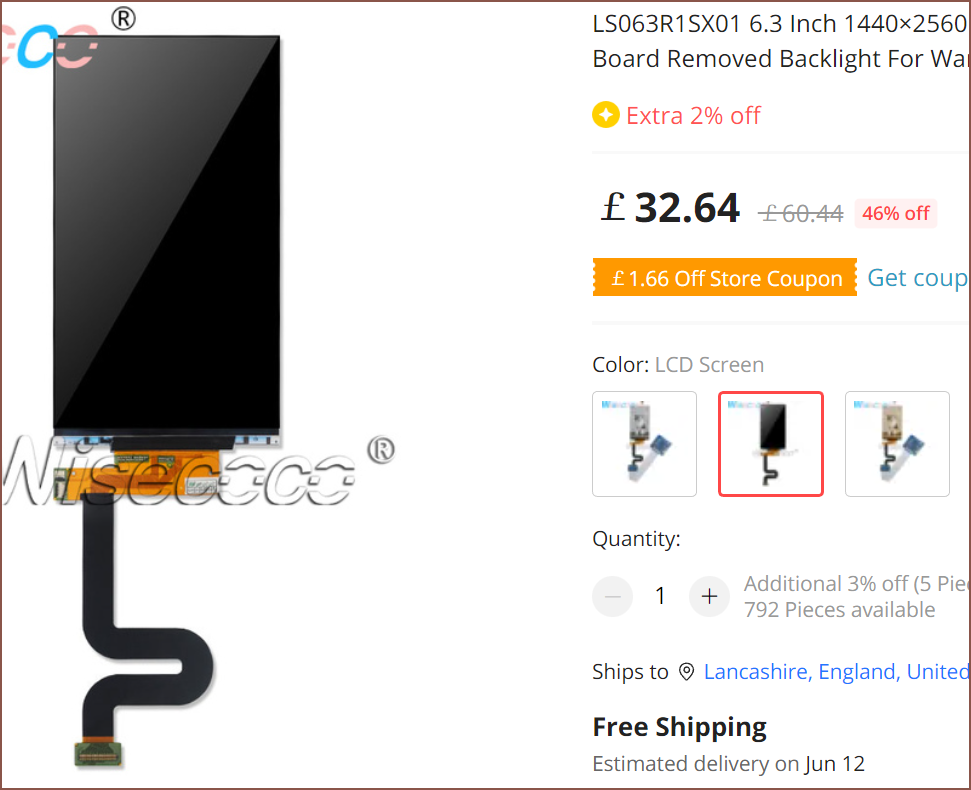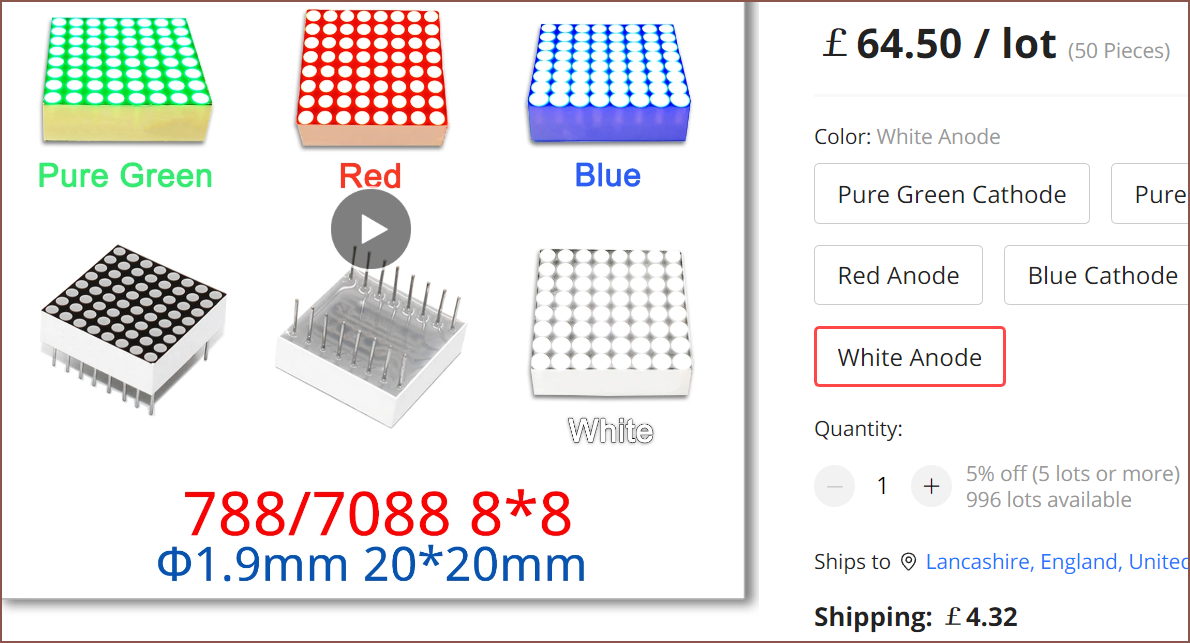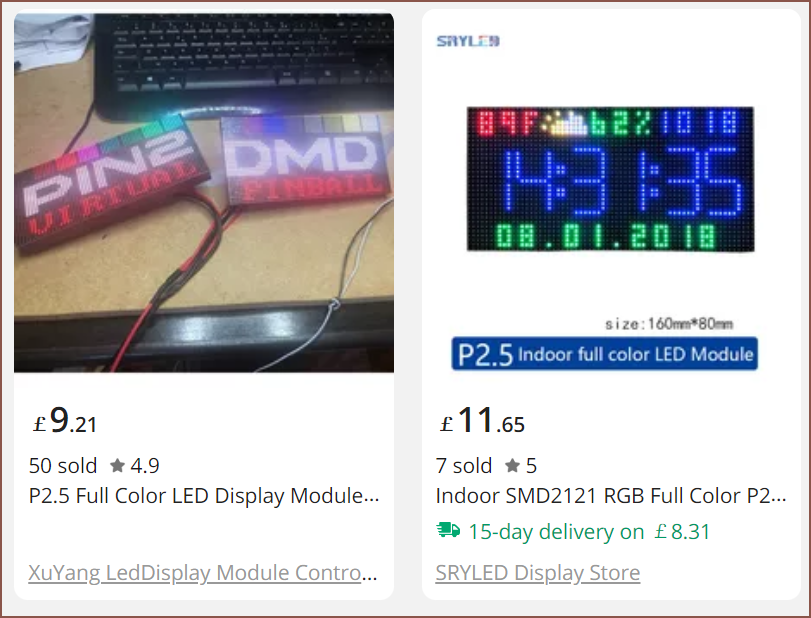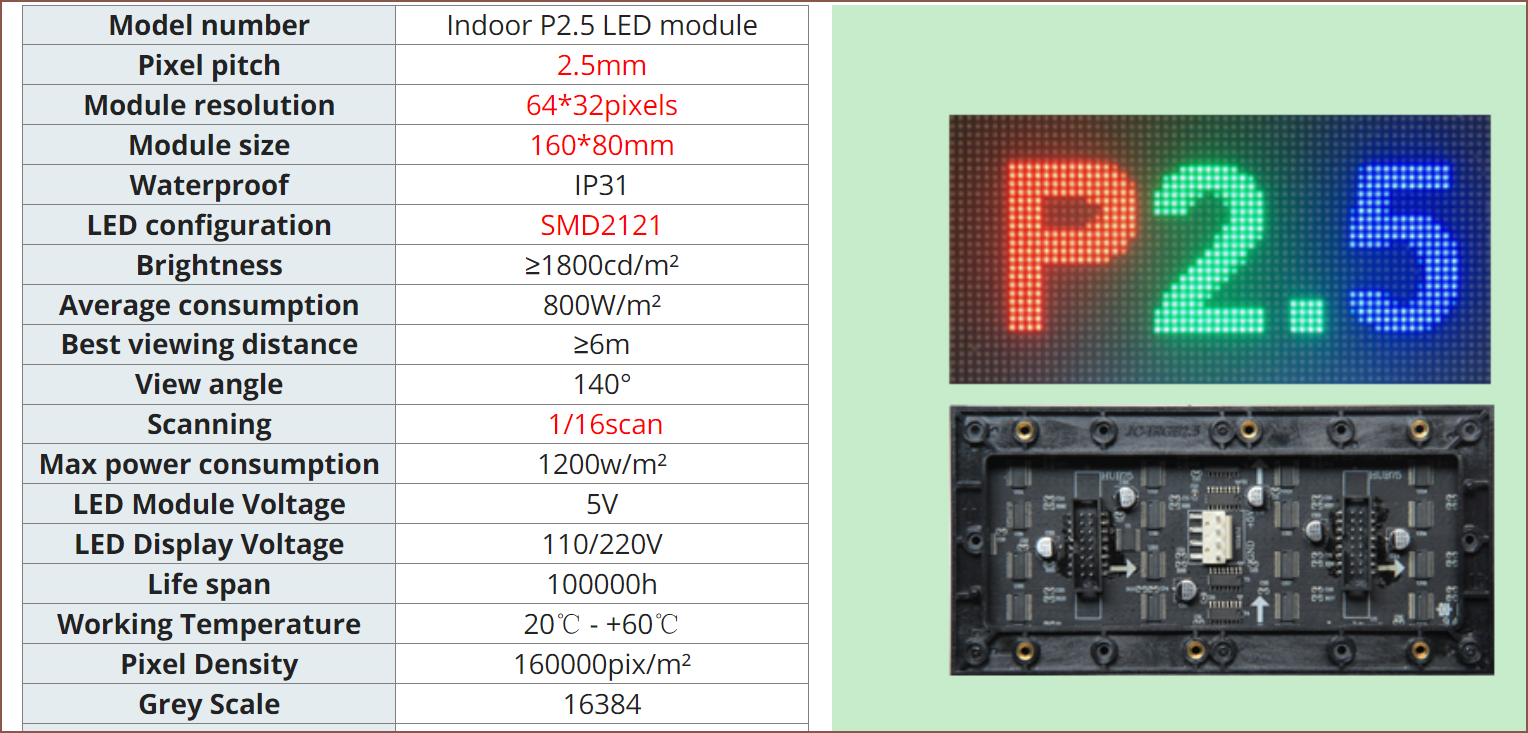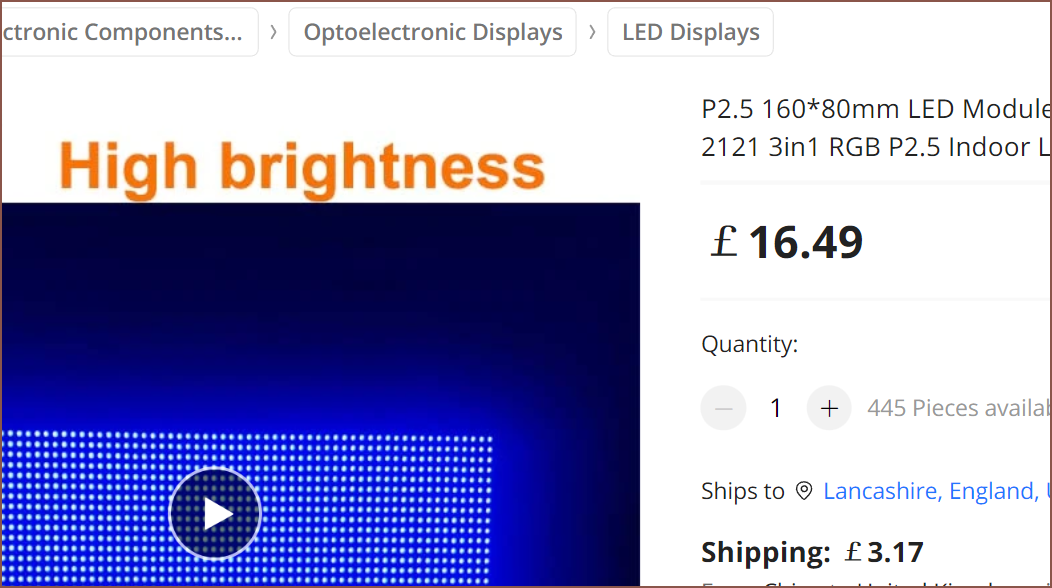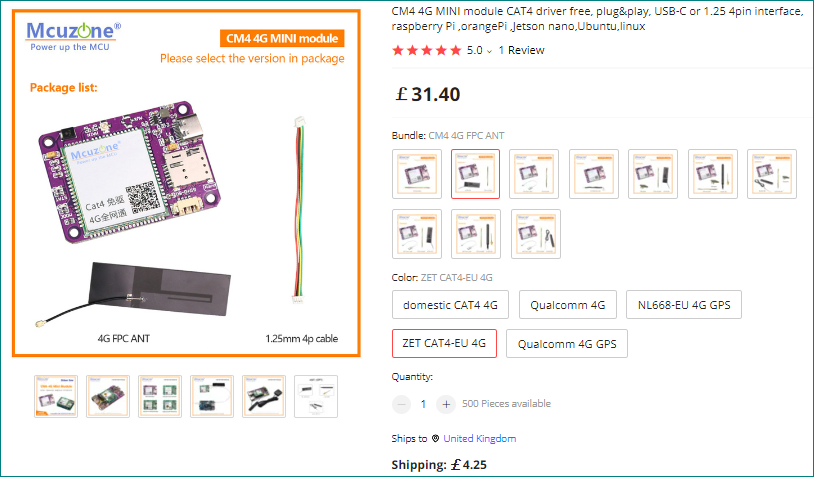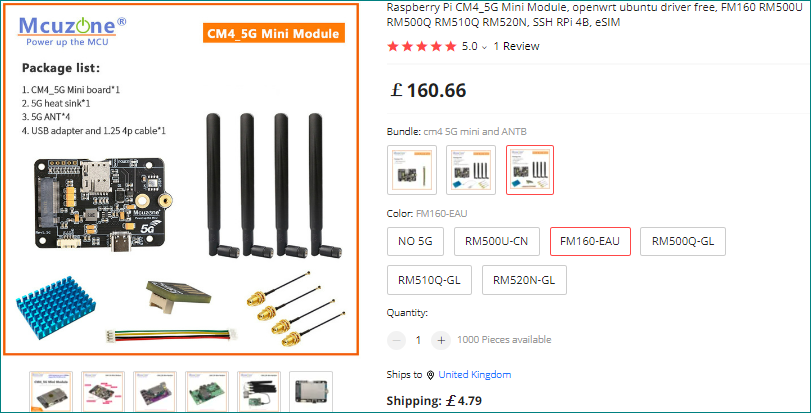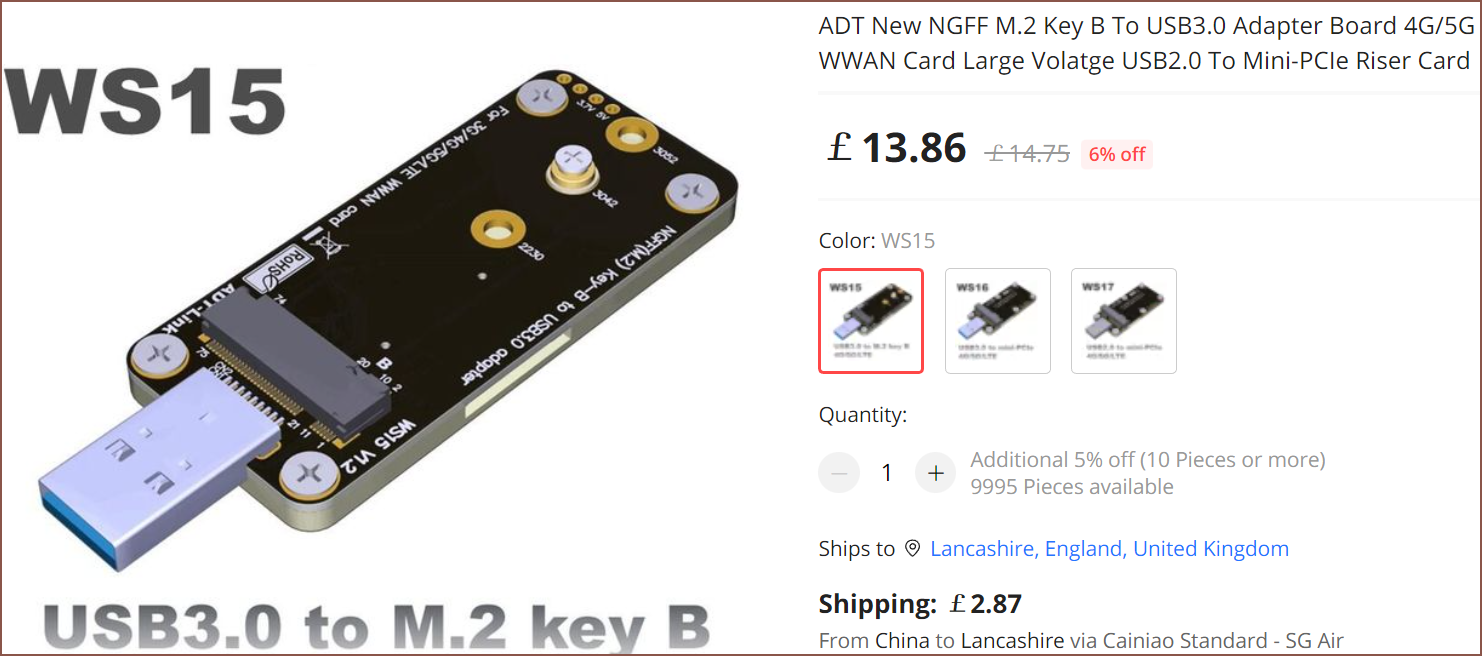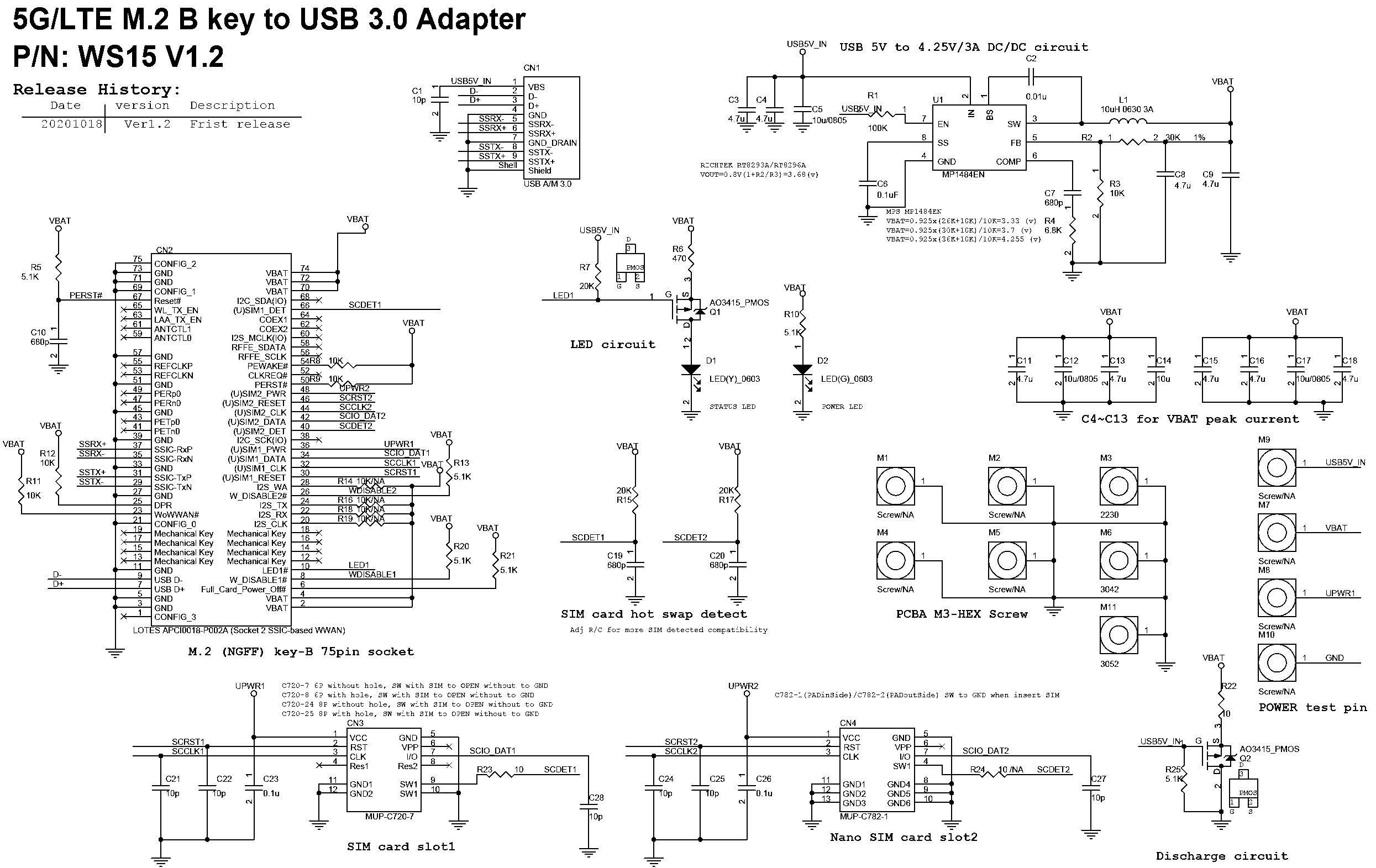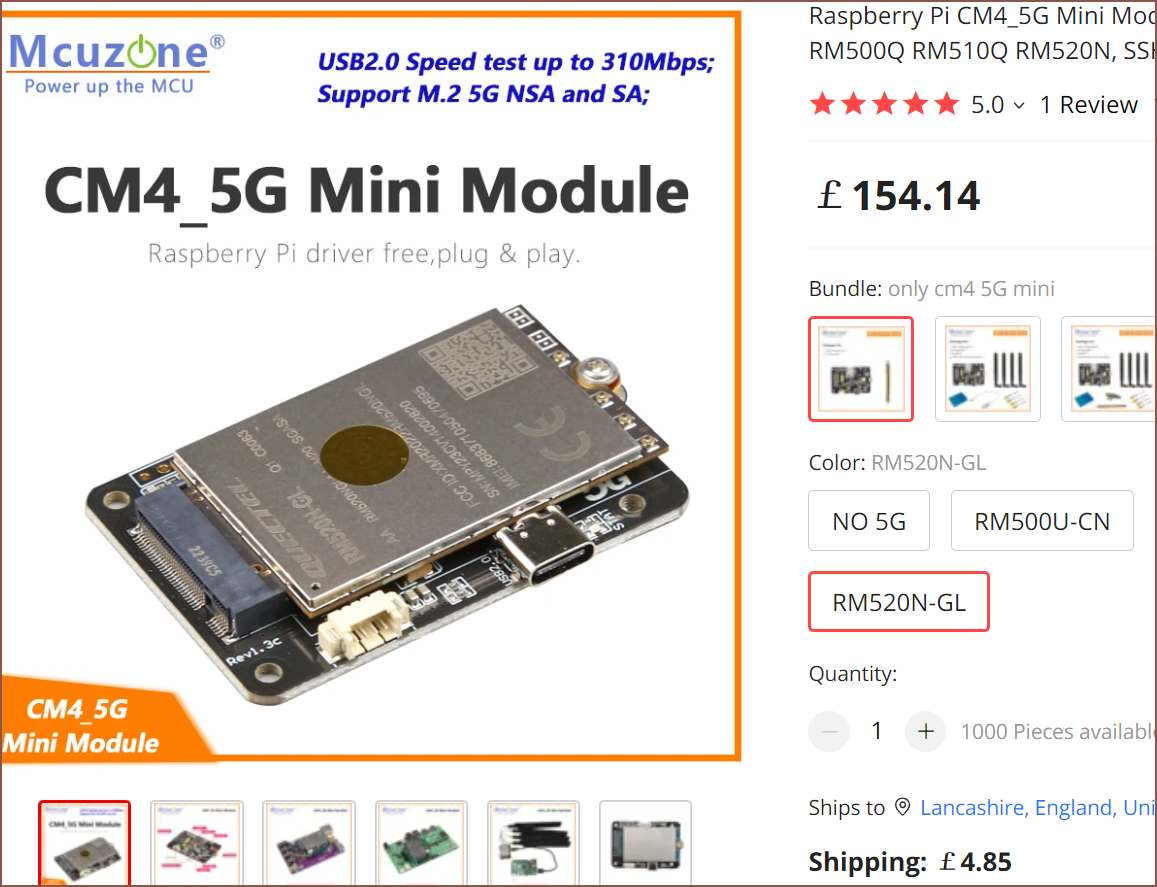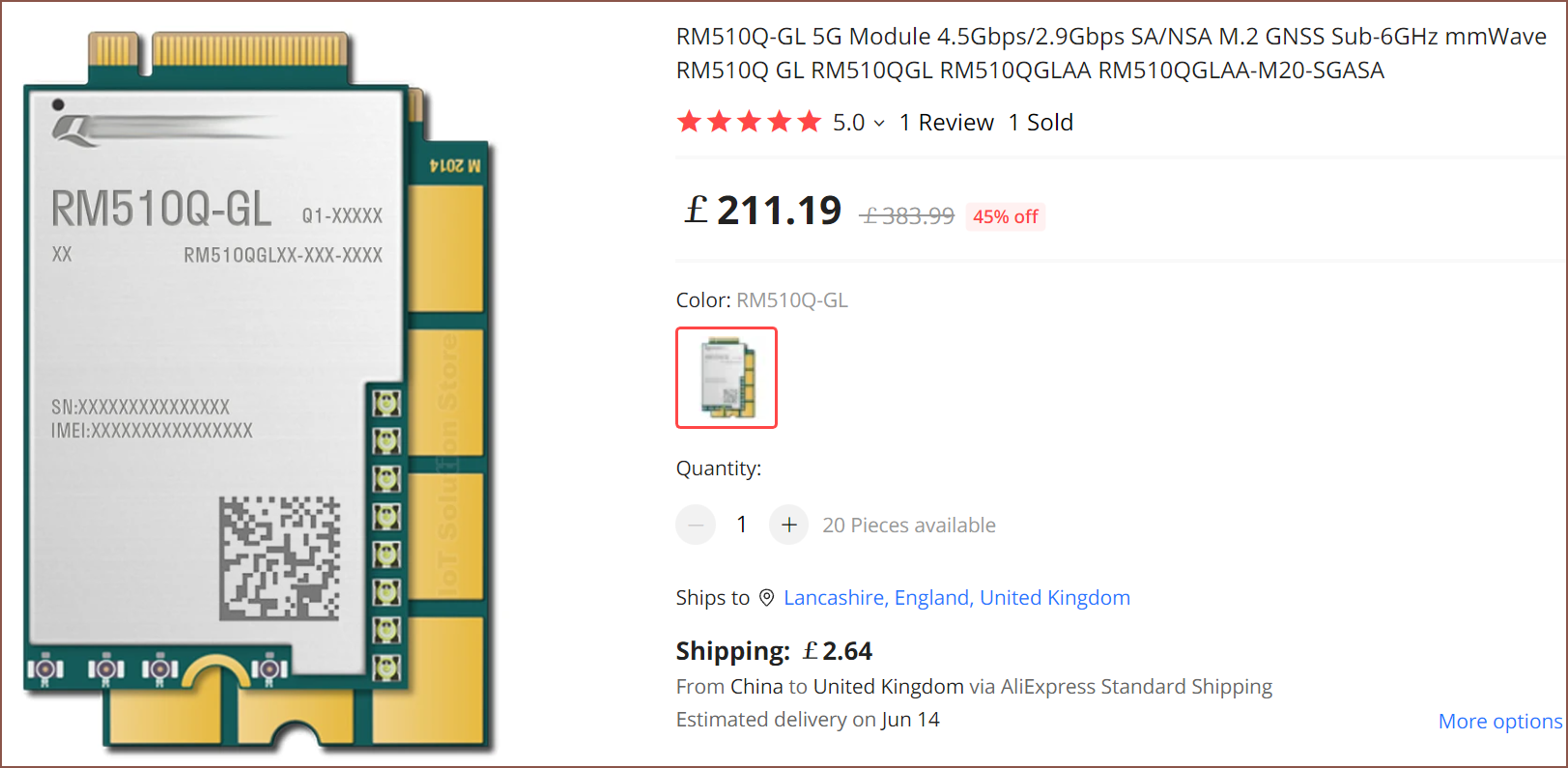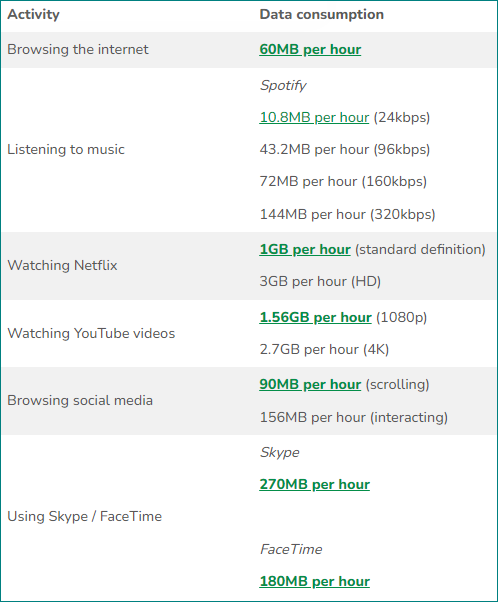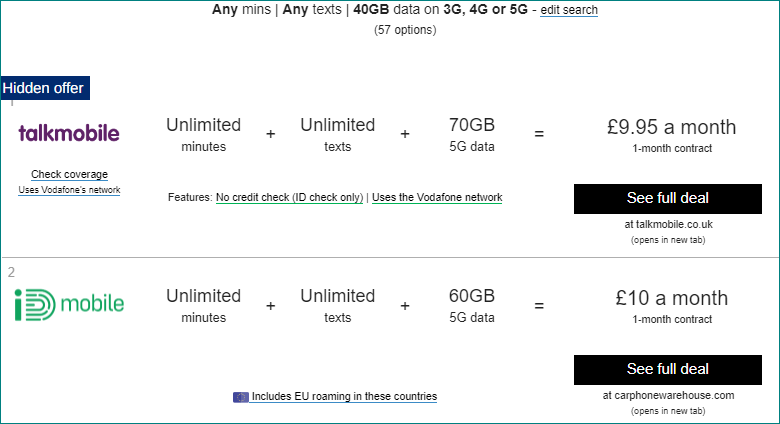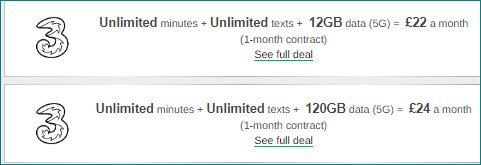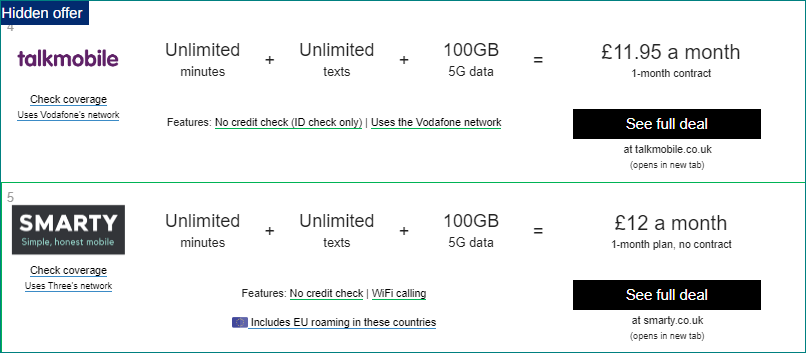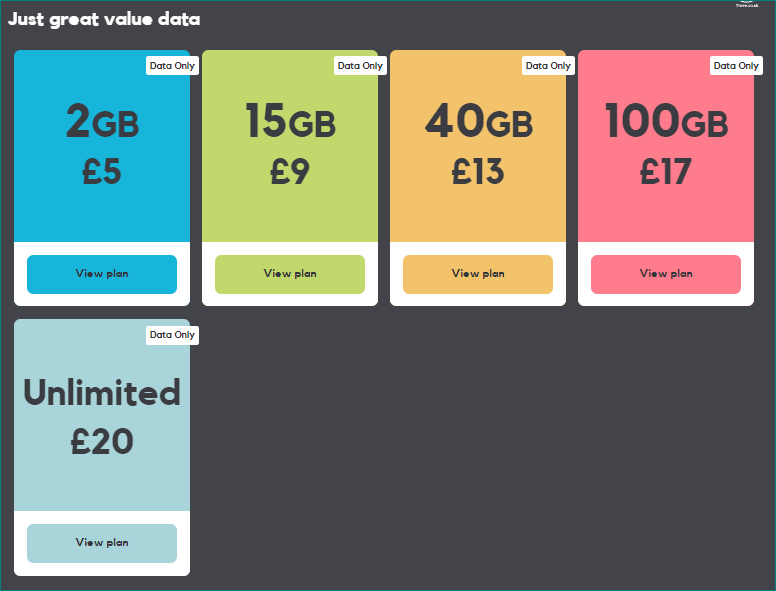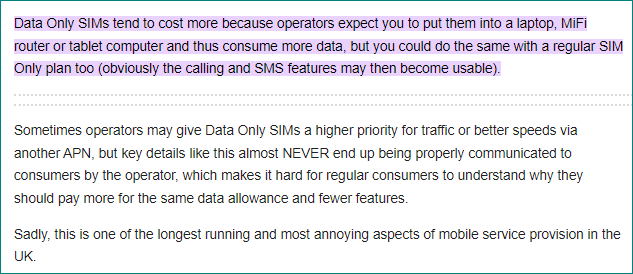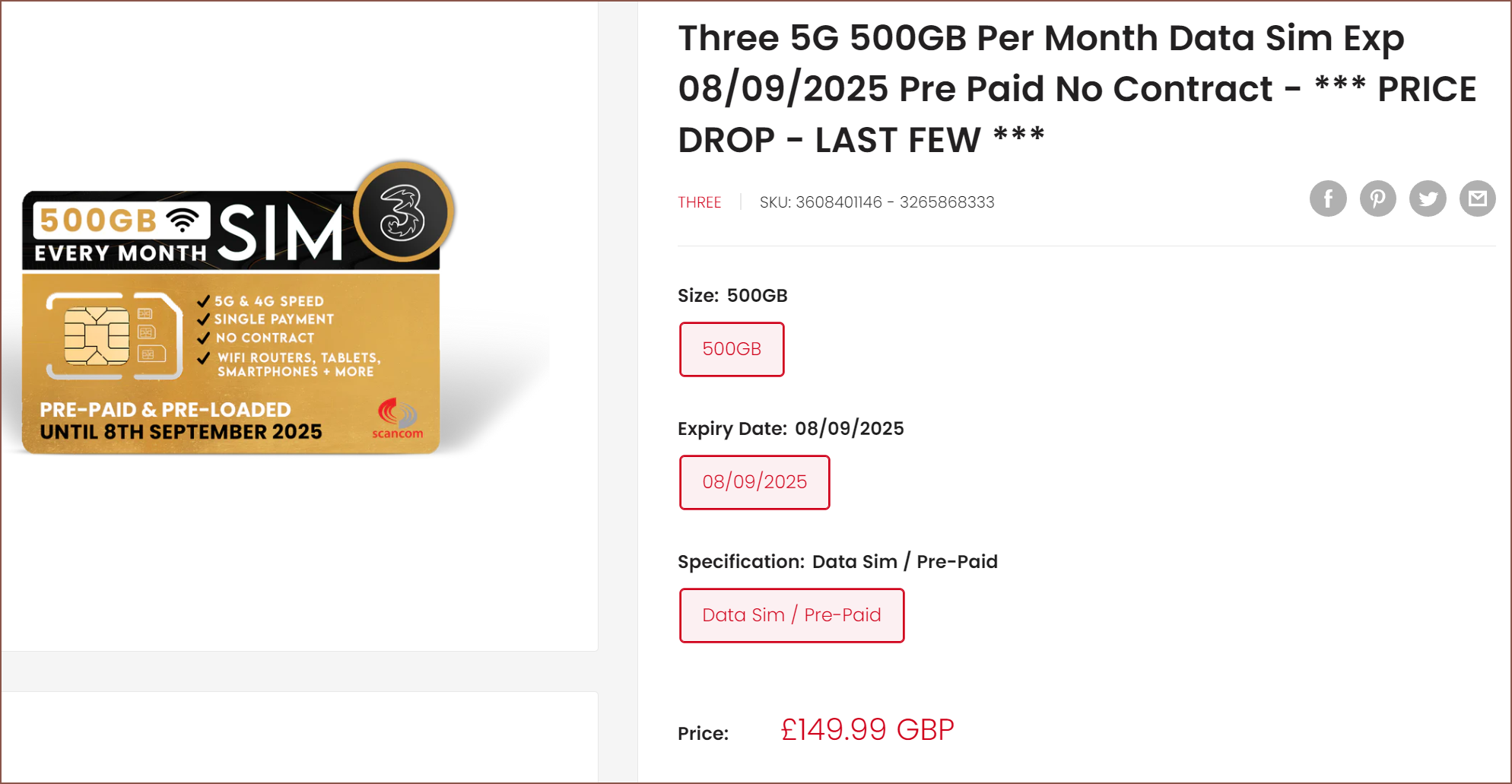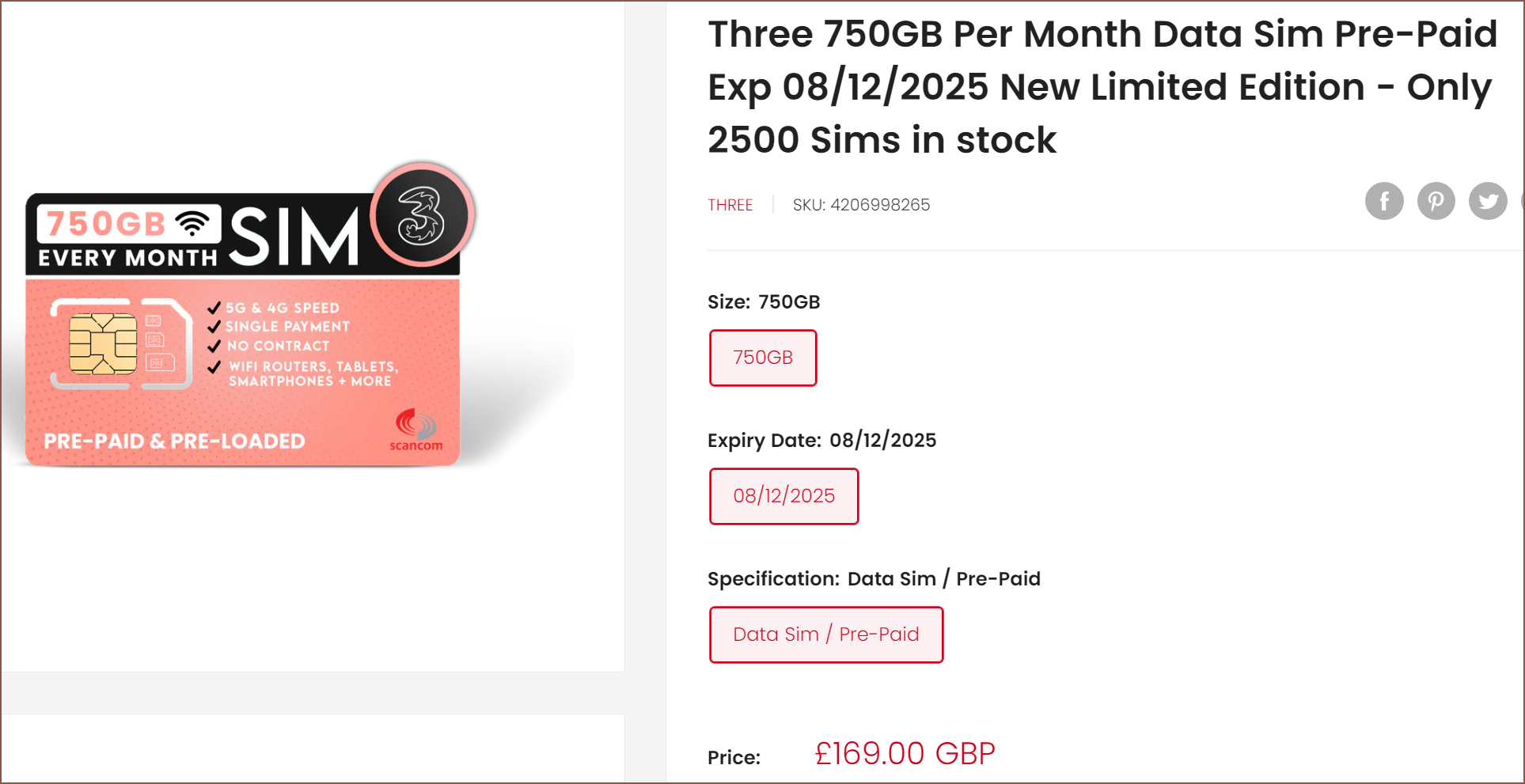-
[E2][R] DIY Mini-LED 1440p LCD
05/20/2023 at 00:26 • 0 commentsSo, as I mentioned in the initial research log I've edetid a few times now, the 6.3" LCD can be bought with or without a backlight.
So, as a person of many long winded projects and projects within projects, I thought "You know... maybe it's possible to get most of the OLED benefits without the OLED drawbacks and DIY a mini-led-style local dimming zone array like the iPads."
So, since I know about the world of LED matricies because of the T^2 Tiles, I knew that it was possible to build a 2mm pitch matrix. The 6.3" has an active area of 79 x 140mm so that's essentially 39 x 70 = 2730 dimming zones. 40 x 70 = 2800 zones would probably be better as it'll cover every milimeter of the active area. I've heard that there's 2500 diming zones in the 12.9" iPad Pro, so if Apple thinks 2.5K zones is a good amount, I'll belive them.
Now I was wondering how I'd even get so many LEDs on a single PCB. I thought I'd just use an off the shelf P2 64 x 64px matrix as a development solution and figure it out at a later date. I also considered white 1.9mm matrix modules, but it would likely be too thick and too expensive.
But, as it turns out, if I'm fine with 2.5mm pitch, I can get a 160 x 80mm LED matrix!
On the surface, they all seem similar, but the achievable brightness levels vary. So far, the lowest I've seen is 1000 nits and the highest is 1800. Remember that, due to the polerisation of the LCD, I'm losing at least 50% of the brightness. 40% efficiency is probably a decent estimate.
Thus, I'd expect to be getting 720 nits from the 1800 panel. Not quite HDR1000 but still brighter than all other screen options. Speaking of options:
It seems that the second option is overall better since it's got a higher viewing angle, though the first one has a calculated max power of 15.36W. 14 bits per colour seems a bit excessive though... no? At least that means that there can be very granular white levels. I also wonder what "LED Display Voltage" is all about; surely they're not driving LEDs with AC power. Anyway, as you might be able to guess, the first panel is slightly cheaper, though only by £3.
Moving on, the matrix that would actually need to be driven is 32 x 56 = 1792 local dimming zones, which is probably fine for a DIY run. Max wattage therefore is 13.1W and 17.5W respectively, though I will assume that both screens are 17.5W. Still though, a completely white screen at max brightness is rather rare.
There's also, conviniently enough, documentation on how to wire up the panel:
[21 May: Edit 1]
So I did some searching, and most high end monitors are essentially around 2000-2400 dimming zones. Now, that sounds like a lot more than 1792 zones that I'm planning to use here, but remember that doubling the zones would only change the backlight resolution from 32x56 to 45x80, so blooming is only marginally reduced.
Ideally, I'd use a P1.25 to really get a resolution increase, but AliExpress doesn't have a compatible size. The best I could find was P1.875 240 x 120mm, where the excess 240 x 40mm would act similar to the LED module on the Framework 16 laptop.
As I was wrapping up my search, I did see a panel that specifically claimed "high brightness":
And it's totally true! 3.5K nits! HDR1000 is actually a possibility, potentially even Liquid Retina XDR*?
*1600nits peak brightness
[25 May: Edit 2]
There's almost no information about how I'd actualy go from an input video signal to a mini-LED LCD, but I just found this paper from 2009: https://sid.onlinelibrary.wiley.com/doi/epdf/10.1002/j.2637-496X.2009.tb00174.x
- The paper mentions everything from DCR (0D dimming) to 2D colour dimming (RGB LED matrix).
- RGB has a higher colour gamut and slightly lower power consumption than a white matrix.
- I need to modify the image going to the LCD to reflect the varying brightness levels of the backlight.
- I guess that's one more reason to go thought the effort to try and get the screens to act as landscape-by-default.
- There needs to be an "optical system" (so a diffuser?) to average out the differing levels of luminance. The diffused light is recommended to overlap across neighbours, however this is "crosstalk" and the dimming algorithm will need to compensate for it.
Thankfully, someone has asked what I've been thinking this entire time: Why are massive 27" panels only coming with 2000 zones??? Can't you get a set of 4pcs * P2 320*160mm LED panels (or P1.25 if you've got that monopoly money, or P2.5 for that budget-Apple XDR) and get 28,672 (P2.5), 44,800 or 114,688 local dimming zones for a suitably sized 16:9 panel?
Other papers I've found
-
[E3][R] 5G Celluar Connectivity
05/17/2023 at 12:45 • 1 commentDue to the fact that there hasn't been a device productive enough to use outside, I've never looked into celluar data plans. Now that I'm thinking about Leti, I thought I'd look into the inital and running costs of 4G and 5G connectivity.
Initial Cost
For an integrated system, the modules designed for the Raspbery Pi CM4 seem to be the most ideal due to its small size and internal USB header.
As you can see, the 5G price is around 5X the price of the 4G module. It seems that the price is porportinal in some way to the maximum bandwidth supported. For both, the max 3G speeds are 42 download and 5.7 Mbps upload.
- 4G Modem (CAT4-EU)
- Fixed (i.e. you have to replace the entire module if you want a new celluar modem)
- LTE-TDD and LTE-FDD: 150 Download, Upload 50 (Mbps)
- GPS options are £37.35 and LTE-FDD drops to 130 / 30ish
- Bands:
- B1/3/5/8/34/38/39/40/41
- 5G Modem (FM160-EAU)
- Adjustable, but the USB 2.0 connection limits speeds to 310Mbps symmetrical
- 5G has a standalone (SA) and non-standalone (NSA) version, where it sounds like the latter doesn't support the lower latency improvement of 5G as it uses a mix of 5G and 4G.
- 5G SA: 2500 Download, 900 Upload
- 5G NSA: 3500 Download, 555 Upload
- LTE: 1600 Download, 211 Upload
- The Rm500U-CN is cheaper (£104), but support much fewer bands.
- Bands:
- B1/3/5/7/8/20/28/32/38/40/41/42/43
- n1/3/5/7/8/20/28/38/40/41/75/76/77/78
Now, I watched this video:
My takeaways are two things:
- You pay the same amount for the service, whether you get 30Mbps downloads of 300Mbps downloads, so you might as well try and maximise the reception.
- This is unlike traditional broadband, where a 200:20 link would cost notably more per month than a 100:10 or 54:5 link.
- Semidirectional antennas can achieve faster speeds than omnidirectional ones, such as in smartphones.
Assuming that Leti doesn't fall in a puddle or something, it's probably safe to assume that the celluar modem could be used for 10 years. With that in mind, it sounds like it's better to spend the higher initial cost for 5G and then swap out the board for a USB 3.0 capable one if and when it becomes available. Right now, the averages of all but Three-powered networks are well under the 300Mbps cap:
It'll be higher in specific areas obviously, but those areas are usually city centres and I'm not going to spend all this dev time to (only) stay inside in someone elses building. I'd assume that the large antennas bundled with the 5G modem will get a notably better signal than from a smartphone, due to the laws of physics. Also remember that the 5G modem allows for much faster 4G connection speeds too, which has very high coverage in the UK these days. 100:10 is the best interet I've used daily, so if I could get 300:200 on Celluar, that'll be immense and could help justify the service contract that I talk about below.
Another thing is that the listing is actually the cheapest one for a europe-band module that supported USB3.0 that I could find anyway.
[22 May: Edit 2] I've just found the WS15, a £16.66 USB3.0 module which is probably as small as such a device could ever get.
The PCB is 67.5 x 30mm and the USB3.0 port sticks out by another 15mm. It also, suprisingly enough, has the schematics in the listing:
From this schematic, I can confirm that I can power the thing from 5V. The listing made that a bit confusing, mentioning that it could run on 3.7 or 4.2 volts.
Moving onto module research, it seems that the RM520N-GL is a suitable alternative to the FM160-EAU. If anything, it's better since it's a global 5G module.
- 5G SA: 2400 Download, 900 Upload
- 5G NSA: Download 3400 Download, 550 Upload
- LTE: Download 1600 Download, 200 Upload
- Bands:
- B1/2/3/4/5/7/8/12/13/14/17/18/19/20/25/26/28/29/30/32/34/38/39/40/41/42/43/46/48/66/71
- n1/2/3/5/7/8/12/13/14/18/20/25/26/28/29/30/38/40/41/48/66/70/71/75/76/77/78/79
It also turns out that both of these don't support mmWave. That would be a task for the RM510Q-GL:
That strange looking line of ports is actually for 8 mmWave antennas.
- 5G SA: 4200 Download, 450 Upload
- Not really sure at all why the upload is cut in half from the aformentioned 5G options specifically for 5G SA.
- 5G NSA: 5000 Download, 650 Upload
- 5G mmWave: 7500 Download, 2900 Upload
- LTE: 2000 Download, 200 Upload
- Bands:
- B1/2/3/4/5/7/8/12/13/14/(17)/18/19/20/25/26/28/29/30/32/34/38/39/40/41/42/43/46/48/66/71
- n1/2/3/5/7/8/12/20/25/26/28/38/40/41/48/66/71/77/78/79/257/258/260/261
[/E2]
Recurring Costs
So, similar to the rumoured kids of today not even knowing about filesystems allegedly because smartphones do away with that complexity, I don't know how much data is actually a good amount of data per month. Do I really need "unlimited" data, or is there a specific data cap that is practically unlimited?
Thankfully, ASDA provided a handy table:
I threw in some higher-than-usual numbers in and I got 32GB a month. Considering that uploads also count, I'd say that 50GB/month is practically unlimited to me.
Still, some cold hard numbers are much better than guesstimates, so I've downloaded a bandwidth tracking program that was put out in 2009 called BitMeter OS v0.8, since the interface looks modern enough. I should find out what my usage is in a month. If the tracker in Windows 10 didn't suspiciously give me 493mb of usage, I would've just gone with that number instead. It'll be amazing if I really only use 0.5GB of data a month, though I think I've watched more than a combined hour of YouTube in the past month. Thus, I'd like to get a second set of data. I did a speed test on fast.com, which downloads an 80MB file for the test and the BitMeter bandwidth tally did increase by 80MB, so the program is likely accurate.
Now, for my actual options. It seems that £10/month is my minimum bound and £18/month is the maximum, at least for just trying things for the first month. It's not like I can get actual data speeds without buying the hardware and picking a carrier. Anyway, I set my search to >=40GB/month on a 1 month contract and the lowest is £10 and the cheapest unlimited is £18 from ID mobile.
This is... way cheaper than I thought it was going to be. I thought it was like £30 for 50GB or something. 0.037 pence per working-hour (9hr/day) to allow me to actually study/work in the wide outdoors? That seems great.
I'm suspicious of these "hidden offers" though, like I'd imagine I'd buy the first month fine but then I can't buy the same price the next month or something. Or, more likely, you get to keep the deal up until you cancel and then have to go with a worse option if you renew. Even when it doesn't say "hidden offer", I can only find the 50GB deal for £10/month, not 60. Well 75GB is only an additional £2 a month so it's probably not too much of an issue.
iDmobile uses the 3 network, so it's already looking like a good option. Then there's SMARTY, which is actually owned by Three yet undercuts them massively for some reason:
Another good sign is that SMARTY's prices are visible on their site, and surely 200GB is practically unlimited for most of the population, no?
I also like the look of their website, which hopefully translates to their dashboard experience.
I'm reading the trustpilot reviews, and talkmobile certainly has the most glowing ones, followed by SMARTY which is aight and iD's has a few too many instances of "debt collectors" in the reviews to be an anomoly, so I will avoid them for now.
The non-hidden talkmobile offer is only £1 more a month, though it sounds like these cariers usually take the bill at the end of the 30 days instead of at the start (like SMARTY) for some mysterious reason. That must be the reason why comparison websites are saying that it's possible to cancel with 30 days notice. Sounds like you'd be locked into at least 2 months if you don't cancel same-day with that kind of notice. The contracts are done via direct debit, apparently.
I heard about this, but I didn't know that there were actually carriers in the UK turning off 3G networks. Since I'm only in this for the data, only the 4G and 5G networks are relevant for this use case.
Now, for some mysterious reason, there's "data only" sim cards that cost more than the full bundle stuff:
Unlimited is the only one that doesn't change price (You need to use the phone plan for 12 months consecutively to get the 10% off promotion). It got asked 6 years ago and, allegedly, Three does checks to make sure phone sims run in phones.
Conviniently, someone actually wrote about the reason behind data sims when SMARTY launched their data plans:
However, this is just a hypothesis and the commentors of the time were still wondering if this is really the case. Somewhat ironic that many sources say that "they're straightforward and so you know exactly what you're getting" and then this curveball appears. The webpages on the 100GB offerings seem IDENTICAL on paper other than the one with unlimited text/minutes costs £5/mo less.
Somone asked on their fourms and... they said "The call plans are cheaper, as to meet the market rate". Perhaps the data sims are just for the old school people that MUST have a sim that's "data only" so that them 5G towers don't infect their thinkpads with infinity minutes?
So I believe my smart an inescapable expectation is a recurring fee of up to £144. I say up-to, as you can even pause SMARTY renewals for up to 6 months.
Conclusion
Considering that the 5G modem without the USB adapter PCB (valued at £16) is also £144, this all sounds quite coincidental.
£144 initial cost for the modem, £144 recurring annually.
Expected cost of Leti if I saw it on Amazon, ebay or AliExpress: £1049 WiFi, £1199 WiFi+5G. Not great in the handheld industry, but a decent value in the portable computing industry.
[20 May: Edit 1]
So I was still trying to track down the mystery as to why data sims cost more than phone sims, and I heard of a company called scancom which actually sells an entire contract as one lump sum, simular to SMARTY but it lasts 12 or 24 months. And look:
500GB/month for 2 years. That's an average allocation of 16.6GB of bandwidth every day, and tracking shows that 10GB in a single day is my current record! There's even a 400GB one for £30 less and it seems that this one isn't at risk of going out of stock.
This would be an average of 13.3GB of daily bandwidth. This solution practically means that I'm -£290 on the setup and then I've got free internet everywhere for 2 years! Still though, it's possible that my usage requirements could change in those two years. I doubt it, but it's possible. Daijobu because there's apparently a limited edition 750GB/month version actually even got 5 extra months tacked on:
The 400GB is £5.16/mo and the 750 is £5.64/mo. I think my choice is obvious.
These prices though... never thought that would be possible to get basically-unlimited for £6 a month.
Bands supported by Three:
- B1/3/20/32
- n29/77/78
[1 July] After shipping and taxes, that 750GB/mo prepaid is £211.19. The expiry date hasn't moved, so it's now approx £7.28 / month.
- 4G Modem (CAT4-EU)
-
[E6][R] Initial Project Research
05/17/2023 at 11:19 • 0 comments
Tetent UMPC [gd0149]
Can I now make something better than a 2-in-1 laptop? Something that I can use outdoors?
 kelvinA
kelvinA